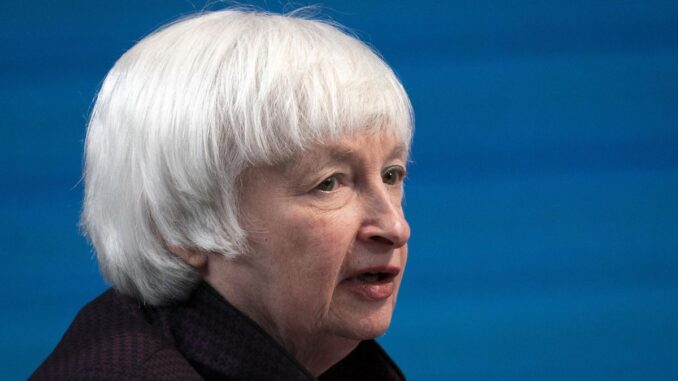
Given data lags and uncertainty, it is often said that the Fed guidance of the economy is like someone driving through a tunnel with the windshield painted black, relying on the rearview mirrors and bouncing off the walls. Given current divergent views amongst the political tribes, I would add as a corollary that there’s a child in the backseat hitting the driver with a pillow, screaming slow down they’re scared, while another child does the same, except screaming they need a bathroom and the car should speed up.
Current debt levels now prevailing in most of the world’s governments are outside of historical experience, so far as I know, and could have a significant impact on future growth and interest rates. Continued stimuli to promote economic recovery could mean low interest rates and rapid growth, which would certainly fuel stronger oil demand. Or it could result in inflation and thus high interest rates, leading to a new recession. Similarly, attempting to pay down the debt could slow economic growth and depress oil prices.
Aside from growth levels, interest rates have an impact on energy investment and could influence future fuel mixes. For example, low interest rates theoretically favor capital-intensive types of energy, including nuclear and renewables, along with long-term projects like deepwater oil and gas fields. (High interest rates favor shale oil and gas, because of their shorter payoff period.) It is possible that the recent surge in solar and wind power investment reflects recent low interest rates, although mandates and subsidies are probably more influential.
The heavy debt levels could, on the other hand, reduce subsidies for renewables including electric vehicles. Although it has become a cliché to claim that solar and wind are cheaper even than coal power, this is very misleading: at the least, new investment would be required to replace fossil fuels with renewables. The International Energy Agency, in its latest World Energy Outlook, projects investment needed in its scenarios, and the difference between the Stated Policies Scenario and the Sustainable Development Scenario would be $340 billion a year in the 2020s and reaches $1 trillion per year in the 2030s. (I’ve railed against the injustice of giving well-to-do citizens large grants to buy electric vehicles, which are one of the most expensive ways of reducing GHG that is given serios consideration.)
And where some talk about a new commodity supercycle, I worry that there is a good chance that instead there will be a collapse in asset values, with markets possibly entering bubble territory. One famous, possibly apocryphal story, is that Joe Kennedy (patriarch of the political dynasty) sold off his stock holdings just before the crash of 1929 after hearing a shoeshine boy give a stock tip: that convinced him the market was overbought. Similarly, it would seem that the roaring bull market for certain stocks such as Gamestop GME and Tesla TSLA might not be the result of fundamentals but rather the current expansionist monetary policy, which cannot last forever.
And the growing use of SPACs and the surging value of Bitcoin also reminds me of the late Charles Kindleberger’s book, Manias, Panics and Crashes which describes how the invention of new forms of credit led to an expansion of the monetary supply, which caused asset bubbles followed by crashes. This could lead to a reversion to value stocks, such as oil and gas producers as well as utilities, ESG notwithstanding.
To be honest, though, I feel kind of like I’m in the passenger seat of the Fed’s car shouting, “Go left! No, Right! No, Stop!” Perhaps the next killer app will be a GPS for monetary policy.
Forbes


